Carbon removal & carbon credits
Our plants not only avoid emissions, but actively capture carbon that would otherwise be released into the atmosphere, making them among the most valuable tools in the fight against climate change.

What is carbon removal?
Reaching net zero and keeping global warming below 2°C cannot be achieved by reducing emissions alone. Carbon needs to be removed from the environment and securely stored.
Carbon removal (sometimes referred to as carbon dioxide removal or CDR) is the process of capturing and locking away carbon dioxide from the atmosphere.
Methods are split into nature-based solutions like afforestation, or engineered approaches like Direct Air Capture (DAC) or Bioenergy with Carbon Capture and Storage (BeCCS).

How is biochar production carbon removal?
When biomass grows, it absorbs carbon dioxide from the air via photosynthesis. The biomass then sequesters (stores) this carbon throughout its lifetime. Woody plants are a great carbon sink, as up to 50% of their mass is carbon!
Usually, this carbon is released back into the atmosphere at the end of its lifetime. However, producing biochar from the waste biomass allows us to capture the carbon and prevent it from reentering the atmosphere.
Due to its recalcitrant (stable) nature, biochar can remain in soils for thousands of years. That means it is an important carbon removal technique.

Carbon avoidance vs.
carbon removal
So far, the race to net zero has mainly focused on emission reduction over carbon removal. That means focusing on adding less CO2 to the atmosphere by using renewable energy and cutting fossil fuel use.
However, even if emissions fall to zero tomorrow there will still be an increase in temperature due to the atmospheric carbon already in the atmosphere. Therefore, carbon removal is increasingly seen as an essential part of an integrated climate strategy.
The production and use of biochar contributes to both carbon removal and carbon avoidance. Biochar sequesters carbon in soils for thousands of years, whilst the renewable energy from pyrolysis can reduce dependency on fossil fuel use and cut emissions.


What are carbon credits?
Carbon credits are measurable, verifiable emission reductions from certified climate action projects. These projects must adhere to a rigorous set of criteria set by leading carbon offset standard like Puro.Earth , CSI or Isometric
By creating biochar, the pyrolysis plants we build for our customers remove greenhouse gases (GHG) from the atmosphere. They therefore qualify for carbon credits which are issued after an onsite audit.
These carbon credits can then be sold on the open market or to a co-located partner. Carbon credits can then be retired by the end user to reduce their reportable emissions.
A proportion of the carbon credits issued are sold in advance to finance equipment and plant construction.


Bridging the gap
Carbon credits are generated by a fully verified project after 3-6 months of operation, which is well after the initial capital is required. However, there are a number of options available to bring the financing forward to when it is needed.
Forward selling carbon credits
A carbon credit buyer may offer to buy the credits in advance, usually at a discount, to kick-start the project and make finance available at the beginning. The project is then liable for the generation of the credits. This can only be done with a proportion of the carbon that will be removed.
Off-take agreements
Corporate carbon credit buyers who support the project may offer an offtake agreement where they guarantee the purchase of the credits when they are issued. his doesn’t gi e access to the funding early, but the contracted income which is guarantees can be used to secure project finance and other investments.

Sustainable Development Goals
Pyrolysis operations contribute to 8 of the 17 Sustainable Development Goals (SDGs).

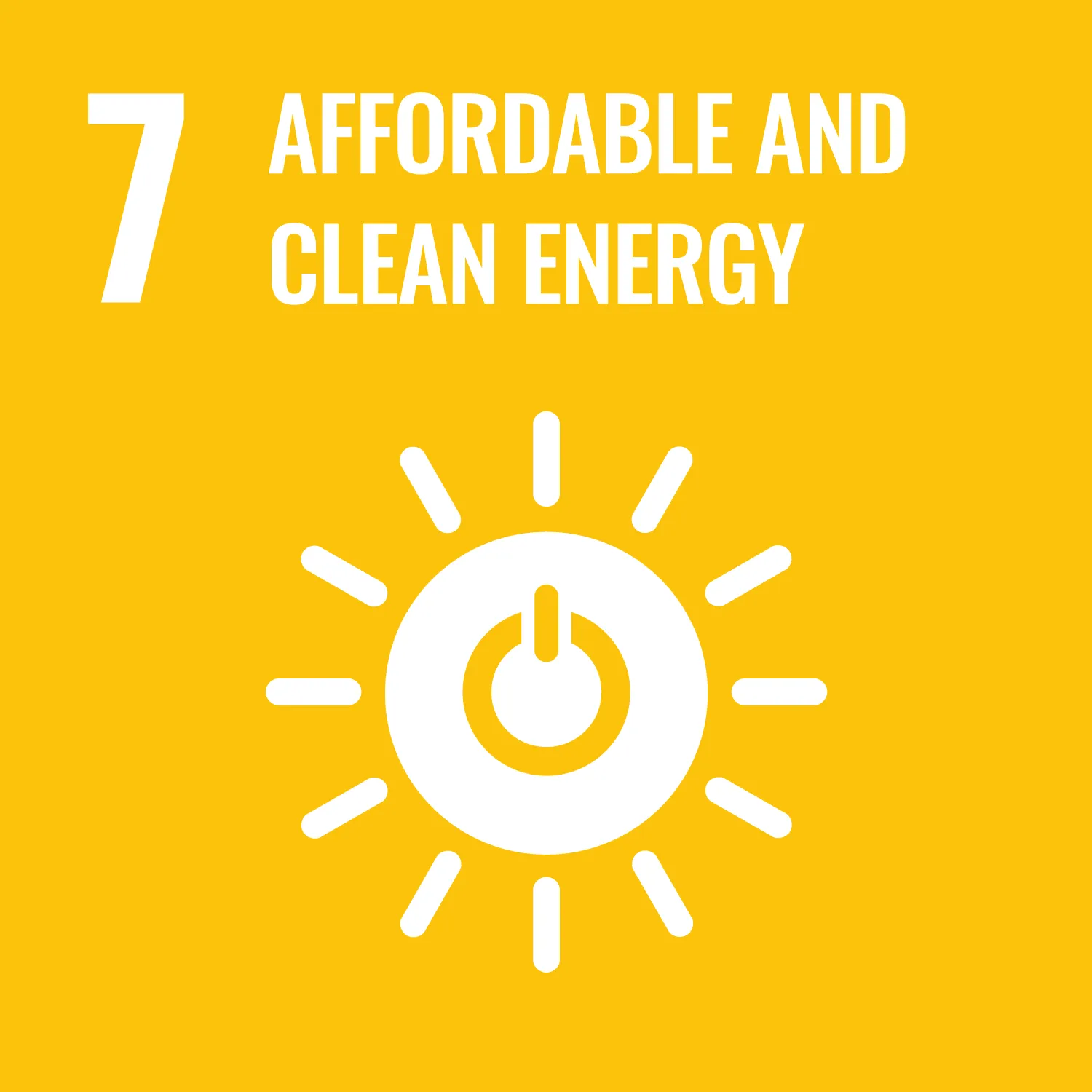
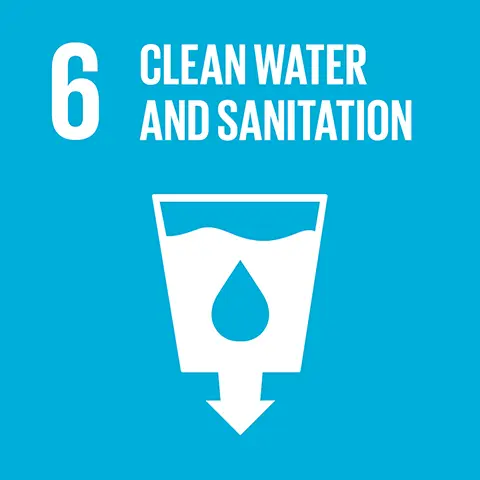

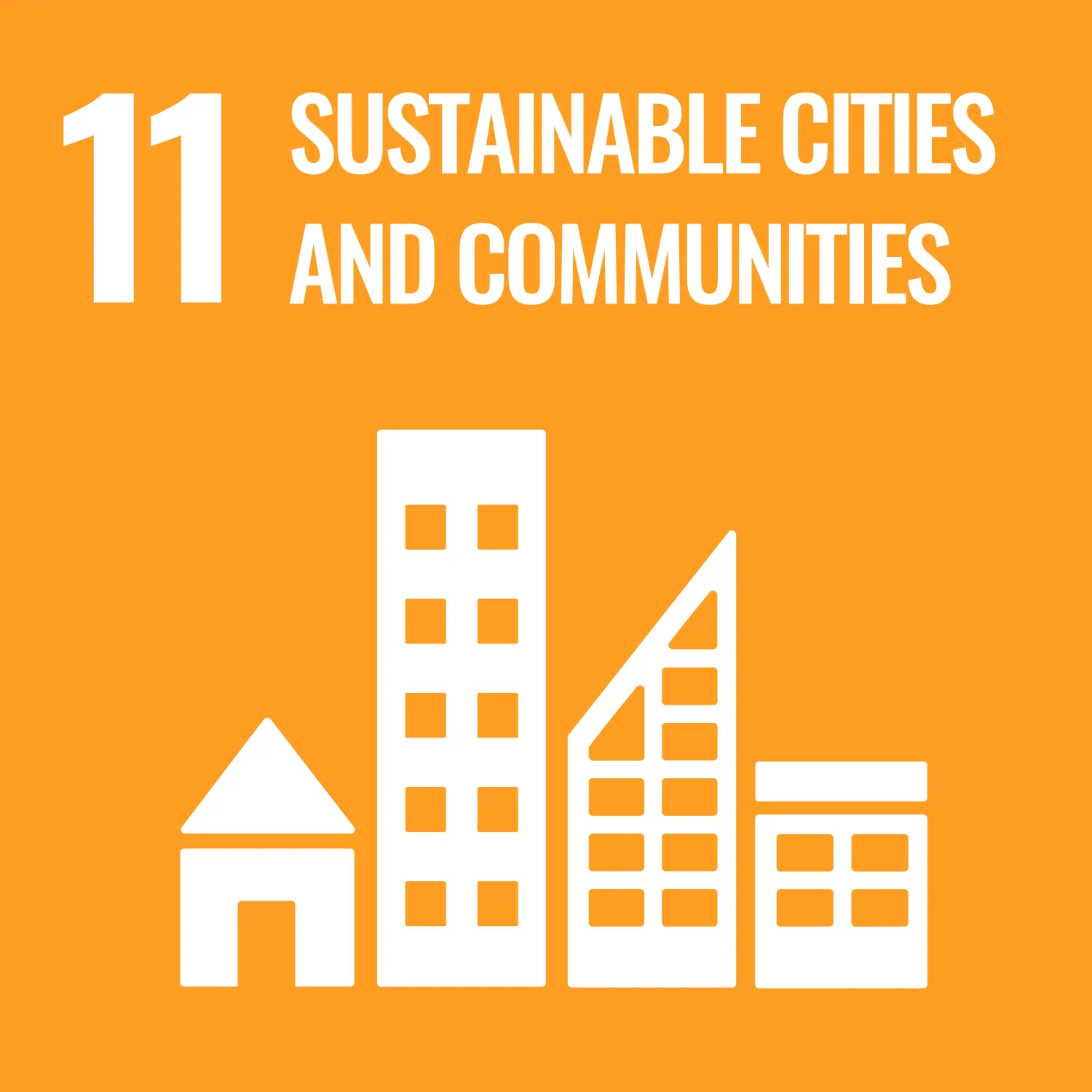
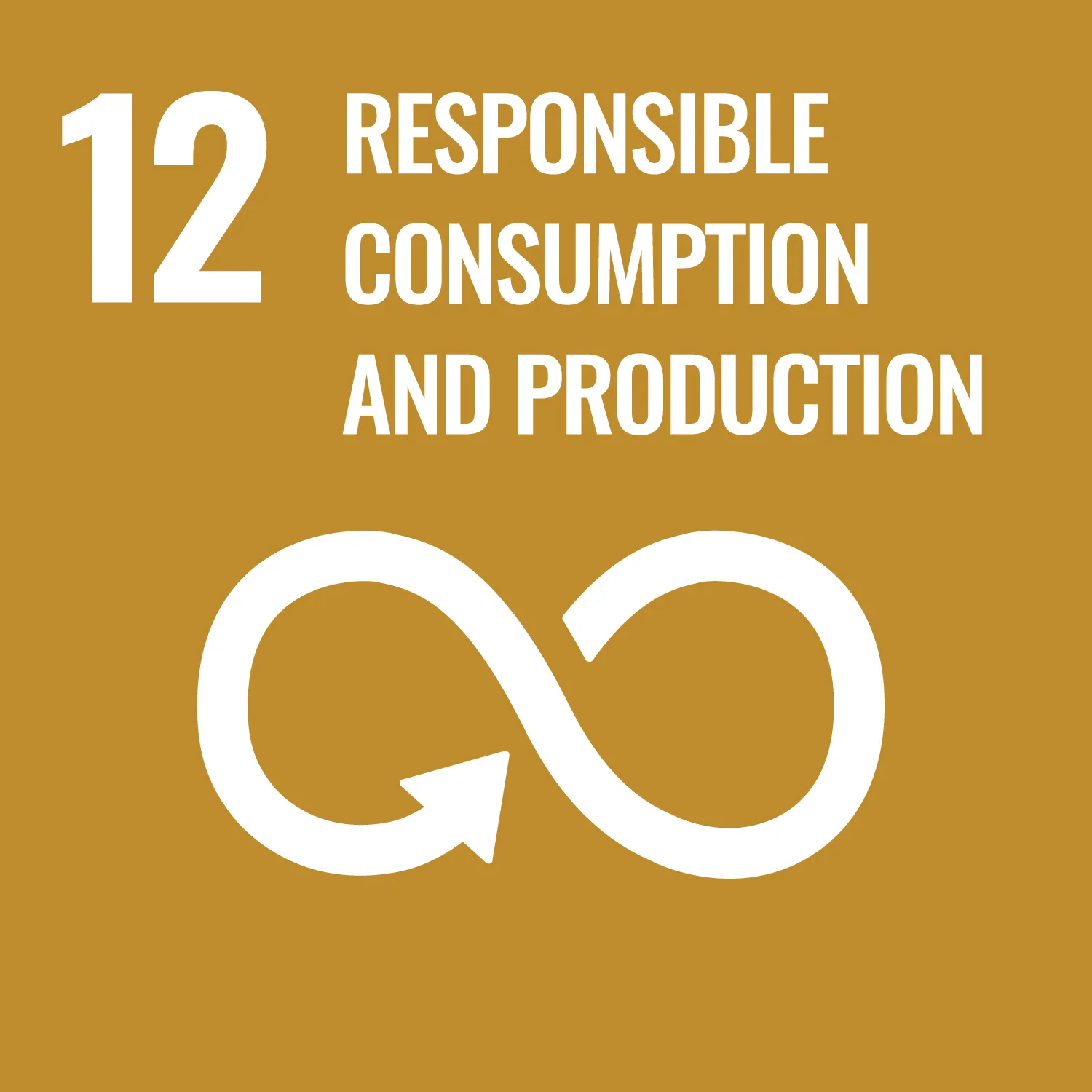
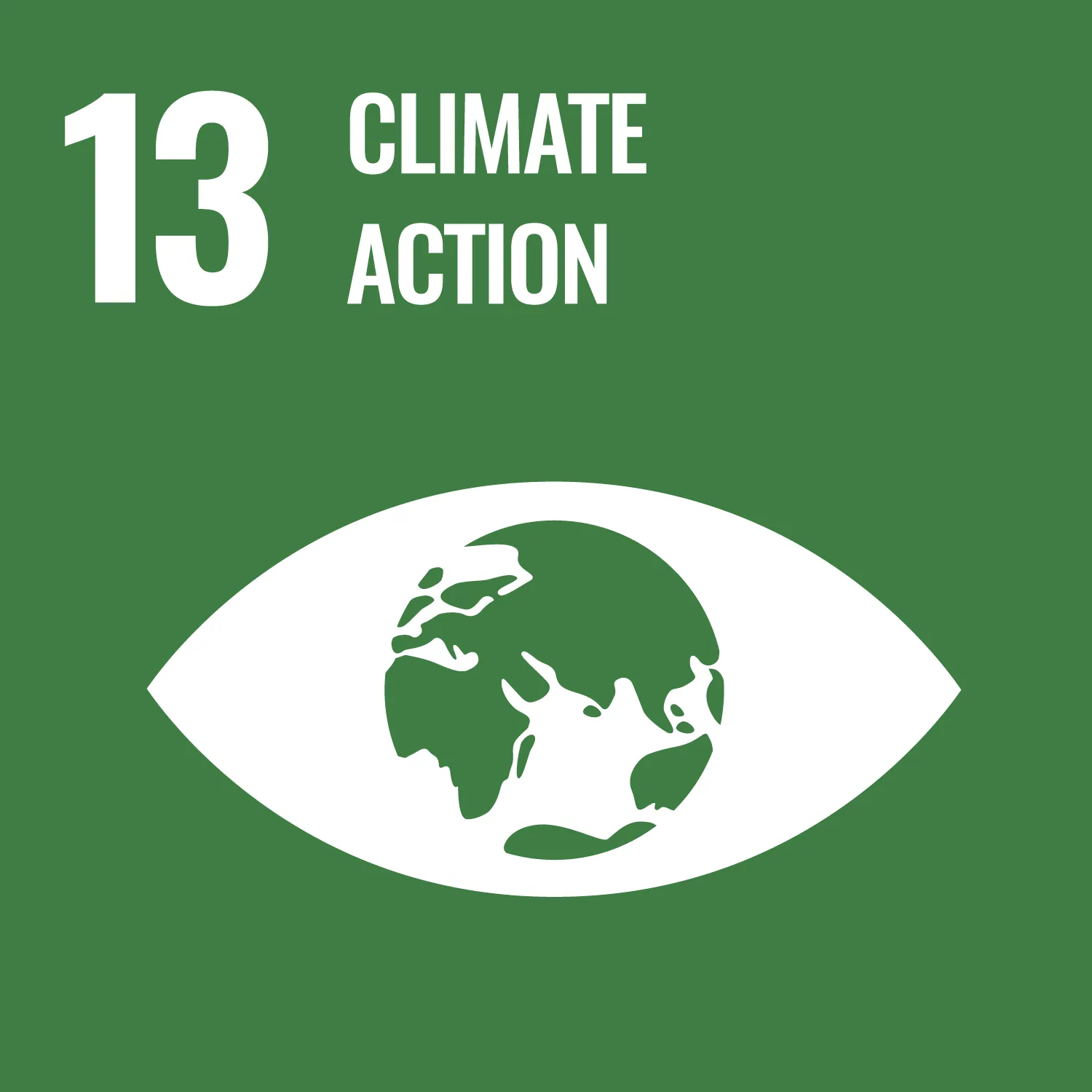
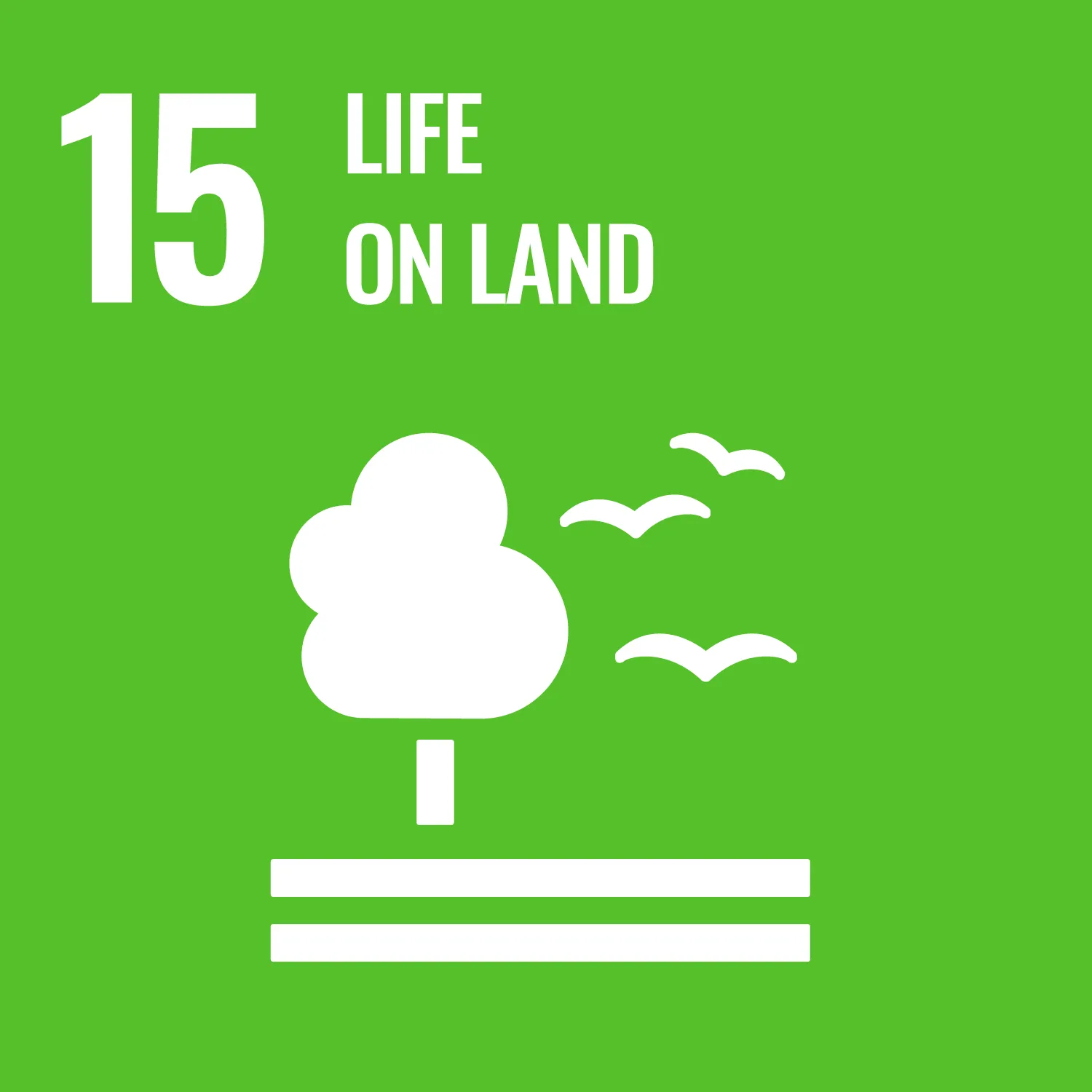
Want to discuss your project?
Our experts can advise on feedstocks, sites and all aspects of a successful pyrolysis project.






